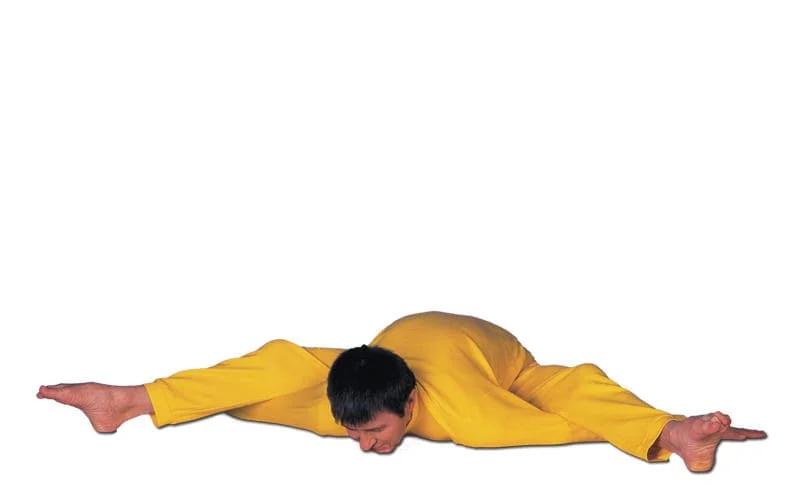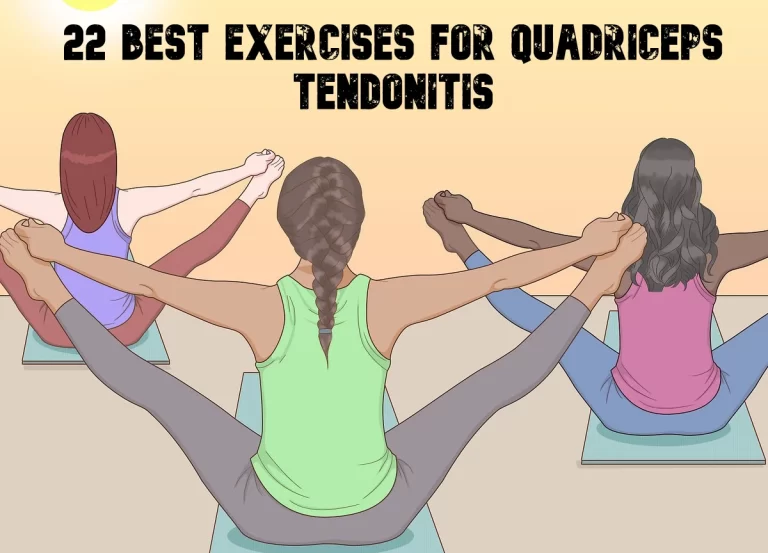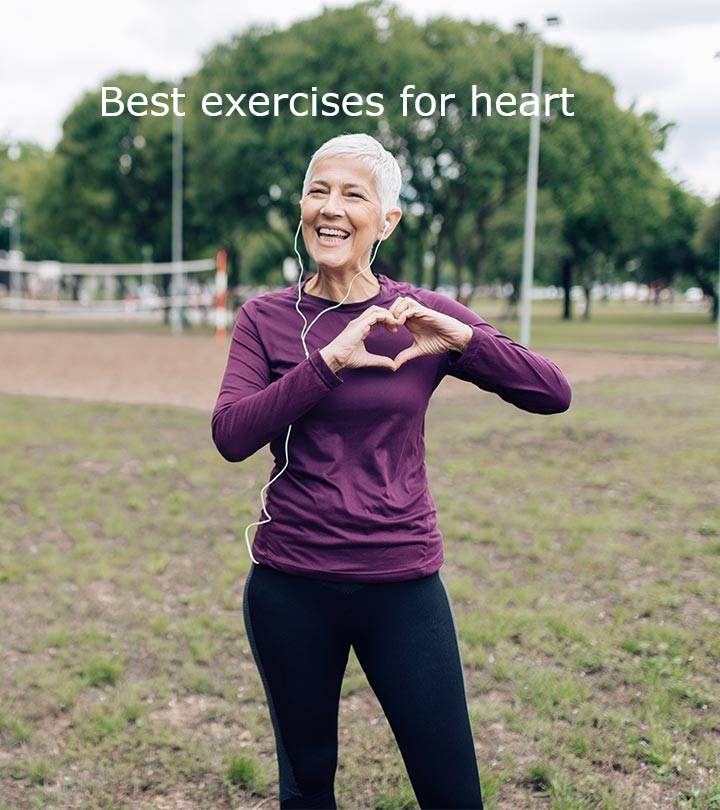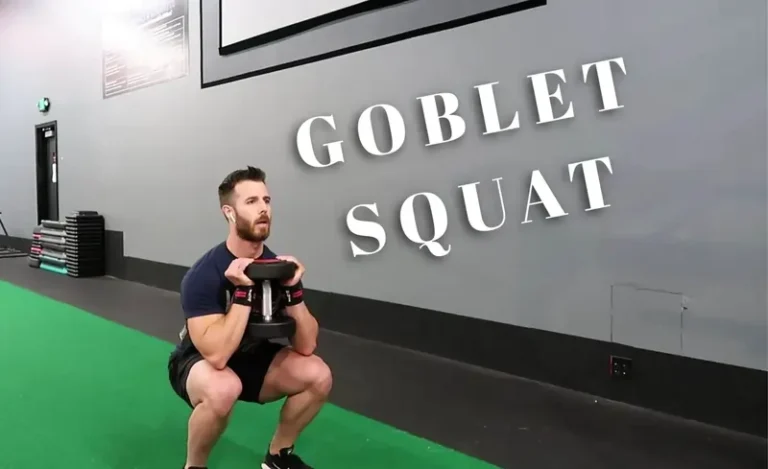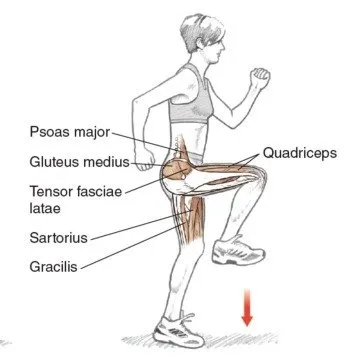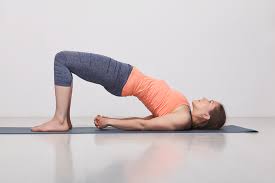Kurmasana
Kurmasana :
Kurmasana is a seated yoga asana in which the body folds at the waist and the arms slip under the legs. It is recommended to stay in the pose for 30 to 40 seconds and for roughly five to 10 breaths. This pose is designed to create inner awareness and relaxation. As a result, kurmasana is touted as beneficial for relieving stress and improving concentration.
Description:
To enter kūrmāsana a practitioner sits with the legs outstretched, feet as wide apart as possible. The knees are bent slightly, keeping the heels in contact with the floor. The body is leaned forward from the hips and the hands slid under the knees. The body leans forward (bending at the hips) to allow the hands and arms to slide sideways and backward (under the knees) until the elbows lie near the back of the knees. The heels are pushed forward and legs are straightened as much as possible. The forehead or chin is brought to touch the floor. The arms are further brought around the back to interlock the hands under the buttocks.[5]
Variations:-
Supta Kūrmāsana (Sleeping Tortoise Pose).
Uttana Kūrmāsana (Upside-Down Tortoise Pose).
How to do Kurmasana?
step:-
First, sit comfortably in Staff Pose (Dandasana) place your hands on the floor close by your hips.
Now press your thighs into the ground or floor, your feet should flex, and try to lift your chest.
Keep your legs to the corners of the mat; keep your knee wide as your Take a couple of breaths here.
Now bend your knees with keeping your feet flexed.
Place them nearer to your hips. Expand your chest forward down and keep your arms forward down between your legs.
Bend your legs significantly all the more, with the goal that you can put your shoulders one by one under your knees. (If this is difficult for you then keep going on with forwarding bend )
Stretch your arms out to the sides.
After that try to roll your thighs in the inward direction and keep your inner heels extended, without making pressure on the feet.
Stretch the front part of your chest and collarbones in a forwarding direction and keep them down with the assistance of the weight of your thighs on the shoulders or upper arms.
Try to push inner heels down and forward to extend and straighten your legs, at that moment try to keep your inner thighs in contact with your side ribs.
Breathe in and keep on extending your arms and mid-section (chest) out to your sides.
Breathe out to extend your spine more distant forward. Try not to constrain your legs, breathe out and relax to release the pose.
On the off chance that you feel torment under your knees, take your arms marginally forward. Stay for a couple of breaths, and then gradually leave the posture. Rehash a couple of times.
(If you are uncomfortable, then don’t interlock your fingers behind your back, just do this Asana with forwarding bend with shoulders under your thighs. Once you are comfortable in this then try this asana with interlock fingers behind your back).
Kurmasana yoga video:
Benefits of Kurmasana:-
It stretches your legs, back, shoulders and chest also.
It improves the functions of the respiratory and digestive systems.
It lengthens the back muscles.
The organs in the midriff (abdomen) are stimulated during this Asana.
The stance helps you to spread out both your shoulders and your hips.
The spine is stretched longer during the act of this yoga asana.
Anxiety buster.
Beneficial in Asthma, constipation, and flatulence.
Useful in sleeping disorders like Insomnia.
Beneficial in the problems related to the back or spine.
Strengthens:-
Human back.
type:-
sitting.
Effect on spine:-
forward spine.
contraindication:-
Kurmasana or Tortoise Pose is considered a tricky pose that requires tremendous flexibility at the hips and the hamstrings. While this pose can be attempted slowly and carefully there are a few things to keep in mind, while practicing this pose. Some of the few are mentioned below.
Not to overstrain the weak and very rigid muscles:-
Understanding the body and its limitations becomes essential here with this deep stretch of the hamstrings and the spine. If the muscles around the lower back, the hips, the neck, and the hamstrings are too tight and stiff, it is best to not overstrain them while trying to achieve the final pose of Kurmasana. Begin slowly with awareness of the movement of the body.
Avoid when suffering from severe sciatica:-
No attempt should be made if one is suffering from sciatica where the symptoms are very severe, which makes it difficult to sit down. The pressure at the hip joints and the extension of the lumbar region will put more pressure on this nerve causing more harm to the entire leg. Hence best to take guidance from an expert for the same.
Avoid if pregnant:-
While this pose brings fresh blood to the reproductive organs, there is the pressure while going down in a forward fold from the hips, and hence to be avoided by pregnant women. The pressure at the lower abdomen may cause uneasiness causing breathing to be hard and fast.
Avoid if there is an injury at the hips, shoulders, neck, and thighs:-
In Kurmasana, the extension of the shoulders, neck, and legs would have an intense impact on the muscles around there, and therefore best to avoid if there is an injury around these parts of the body. The hips need to flex taking them in a forward fold and hence injury close to the sacrum or the lumbar region may cause more discomfort when going into this pose.

